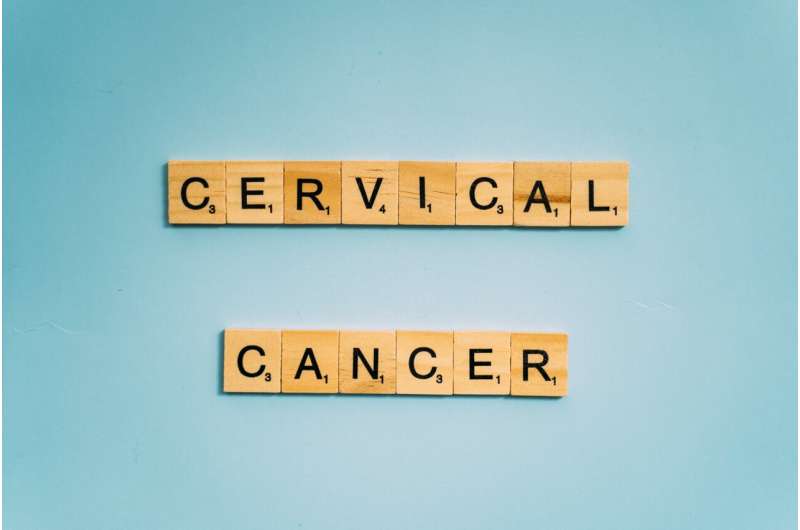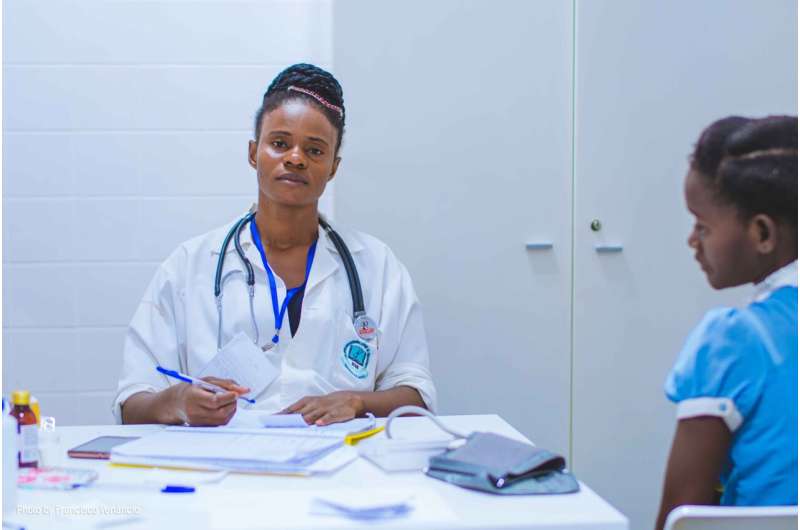Low Cervical Cancer Screening Rates in Counties Linked to Higher Incidence and Mortality

Counties with persistently low cervical cancer screening rates face significantly higher rates of diagnosis and death. This study highlights the urgent need for improved screening access in underserved areas to reduce cervical cancer burden.
Recent research conducted by the Medical University of South Carolina reveals that counties with consistently low cervical cancer screening rates experience nearly twice the rates of cervical cancer diagnoses, especially advanced-stage cases, and a significantly higher death rate. The study emphasizes the critical role of regular screening in early detection and prevention.
Analyzing county-level data from 2004 to 2016, the researchers classified areas as repeatedly low-screening if fewer than 70% of eligible women were screened in at least two of three observed periods, and as high-screening if screening rates met or exceeded 80%. They found that in low-screening counties, diagnoses of distant-stage cervical cancer were 84% more common, and mortality rates were 96% higher than in counties with higher screening rates.
Most low-screening counties were rural and had median household incomes below $75,000 annually. These disparities underscore the importance of improving access to cervical cancer screening and treatment facilities in underserved areas.
The study also highlights that in South Carolina, where data is not entirely included in the national database, many counties lack sufficient obstetrician-gynecologists or family physicians to provide regular screening. The Hollings Cancer Center addresses this gap through its Mobile Health Unit, which provides cervical cancer screening in underserved regions.
The current U.S. preventive guidelines recommend women aged 21-65 undergo Pap smears every three years, or HPV testing every five years for women aged 30-65. Increasing screening participation, particularly in rural and low-income communities, is essential to reduce cervical cancer incidence and save lives.
Source: MedicalXpress
For further details, see the full study published in JAMA Network Open.
Stay Updated with Mia's Feed
Get the latest health & wellness insights delivered straight to your inbox.
Related Articles
Redefining the Public Health Workforce: Embracing a More Inclusive and Broader Framework
A new study advocates for a broader, more inclusive definition of the public health workforce, emphasizing impact over job titles to strengthen health systems and address complex community challenges.
Impact of Regulatory Changes on Food Safety and E. coli Outbreak Response
Recent policy shifts and reduced food safety oversight under the Trump administration have compromised the response to E. coli outbreaks, risking more public health crises. Learn about the implications of deregulation on food safety.
The Potential of Human iPSC-Heart Cells in Fentanyl Opioid Research
Recent studies utilizing human iPSC-derived cardiomyocytes reveal fentanyl’s detrimental effects on heart rhythm, providing new insights into overdose-related cardiac risks and potential for personalized research approaches.



